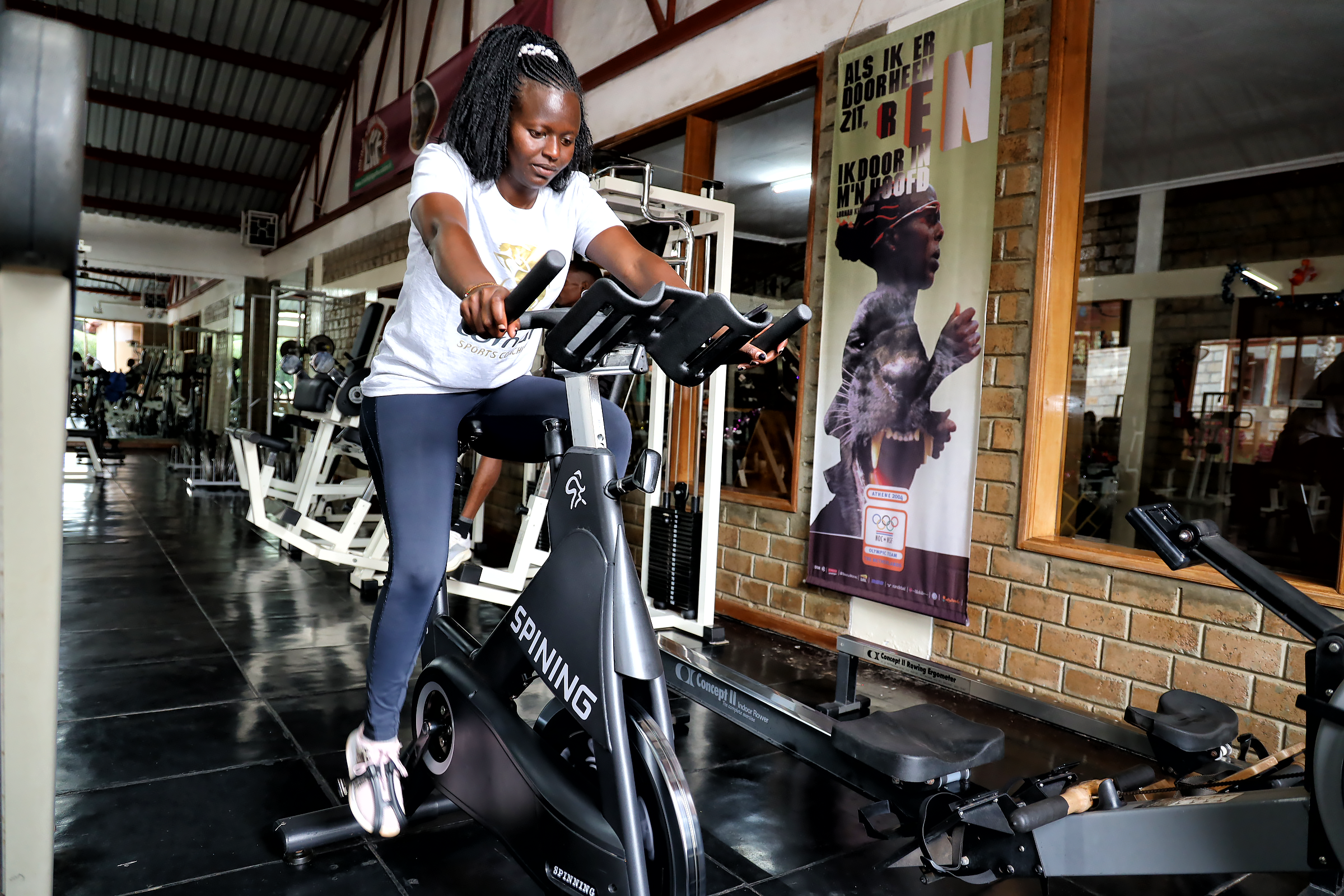Strength Training for Runners: Enhancing Performance and Preventing Injuries

Strength training is a valuable component of a well-rounded training program for runners. It not only helps enhance performance but also plays a crucial role in preventing injuries. There are multiple aspects to consider when incorporating strength training into a runner’s training regime:
Core Strength
It is important to note that a strong core plays a fundamental role in overall performance. Core strength provides balance, stability, and improves efficiency by:
- Contributing to efficient breathing and increased oxygen intake
- Delaying onset of fatigue by providing support to running muscles
- Improving posture and reducing stress on joints
To develop core strength effectively, runners can incorporate exercises such as planks, side planks, Russian twists, leg raises, and other core-specific movements into their training routine.
Leg Strength
Leg strength is paramount for runners as it directly influences various aspects of running performance, endurance, and injury prevention. Leg strength:
- Contributes to power generation and efficient movement patterns
- Enhances running economy and speed
- Improves joint stability and reduces impact forces
To enhance leg strength, runners should incorporate exercises such as squats, lunges, step-ups, calf raises, and plyometric exercises into their training routine.
Hip Strength
Hip strength is crucial for overall biomechanics, stability, and injury prevention. Strong hip muscles:
- Stabilize the pelvis and prevent excessive lateral movement
- Contribute to proper knee alignment and power generation
- Reduce stress on the lower back and improve dynamic stability
To enhance hip strength, runners can include exercises such as hip bridges, clamshells, lateral leg raises, and squats in their strength training routine.
Plyometrics
Plyometric training enhances explosive power, agility, and neuromuscular coordination, leading to improved running performance. It involves quick and powerful movements that utilize the stretch-shortening cycle of muscles.
Examples of plyometric exercises for runners include box jumps, jump squats, bounding, and depth jumps.
Balance and Stability
Balance and stability training enhance overall coordination and reduce the risk of injuries by targeting muscles around the joints. They contribute to better control of body movements and improved proprioception.
Examples of balance and stability exercises for runners include single-leg stands, stability ball exercises, Bosu ball exercises, and dynamic movements such as lunges with a twist.
Flexibility and Mobility
Flexibility and mobility training improve the ability of muscles to stretch and range of motion around joints. They contribute to smoother running biomechanics, reduced muscle soreness, and improved posture.
Examples of flexibility and mobility exercises for runners include dynamic stretching, static stretching, foam rolling, and mobility drills.
Upper Body Training
While the emphasis is on lower body strength for running, dedicating some time to upper body training is important for maintaining proper posture, generating momentum, and achieving a balanced physique.
Examples of upper body exercises for runners include push-ups, pull-ups, shoulder presses, and rows.
Integrating upper body training in a balanced and progressive manner can lead to improved overall athletic performance and injury resilience.